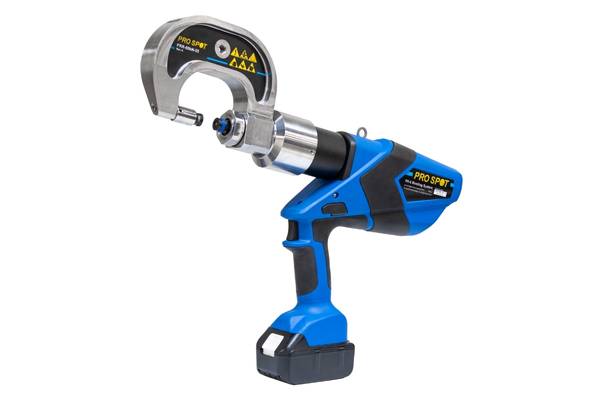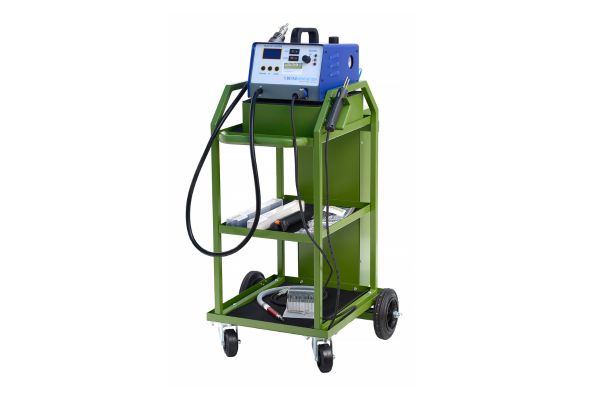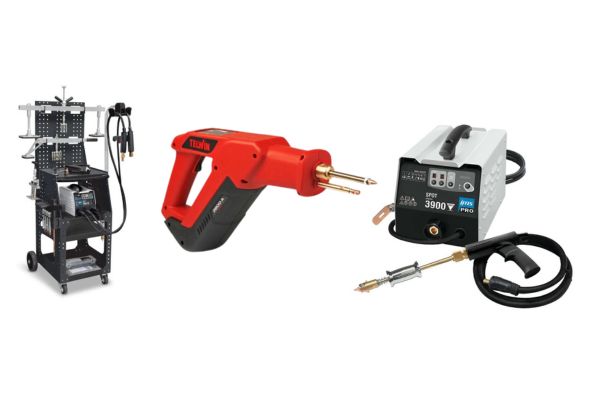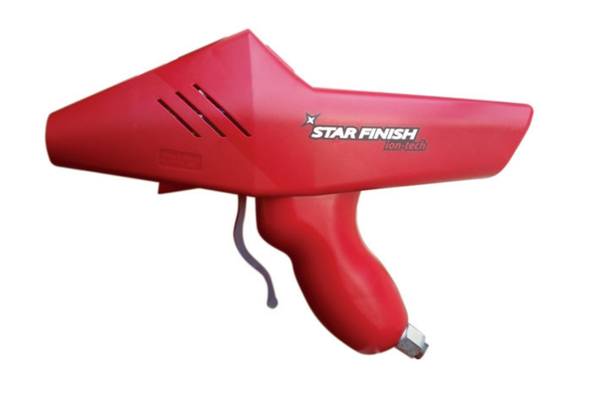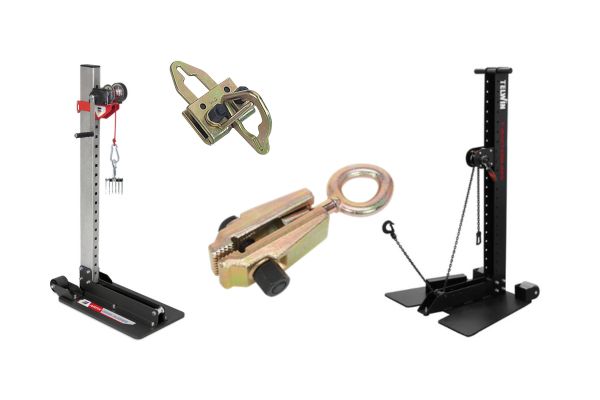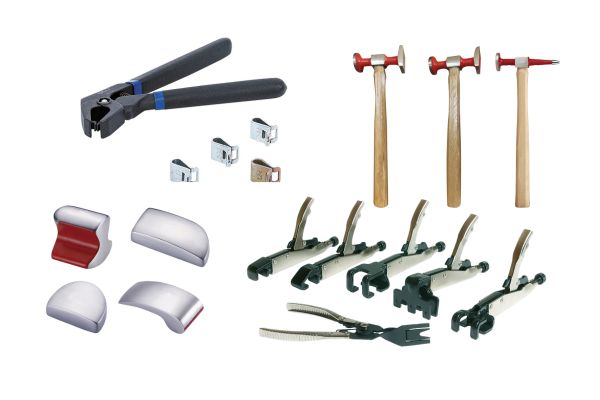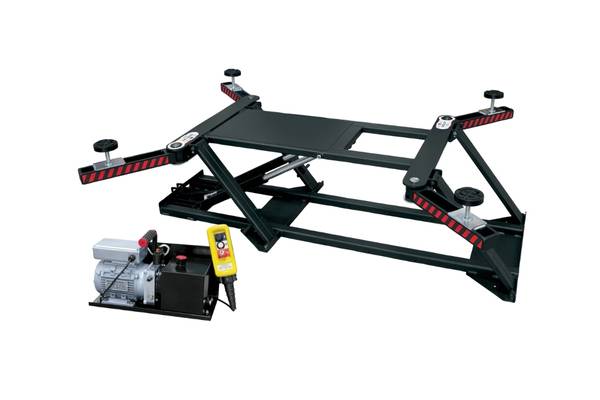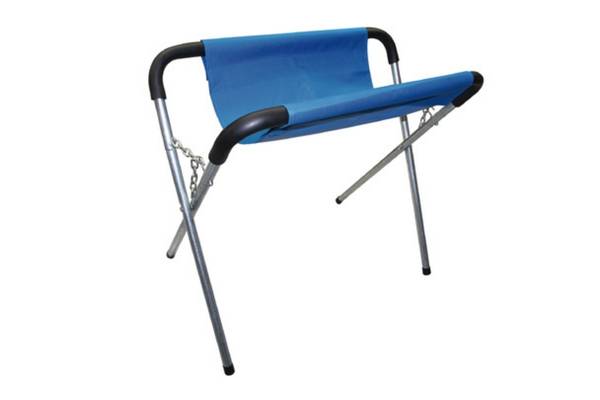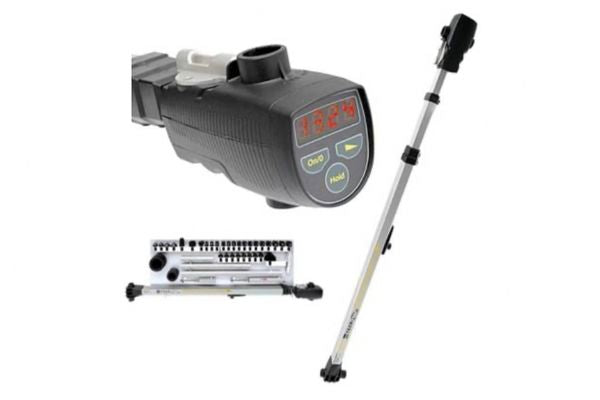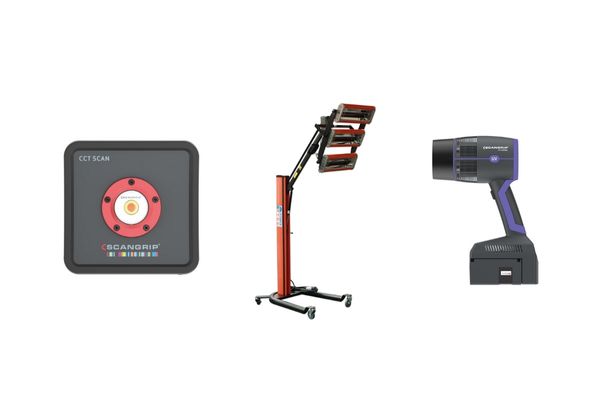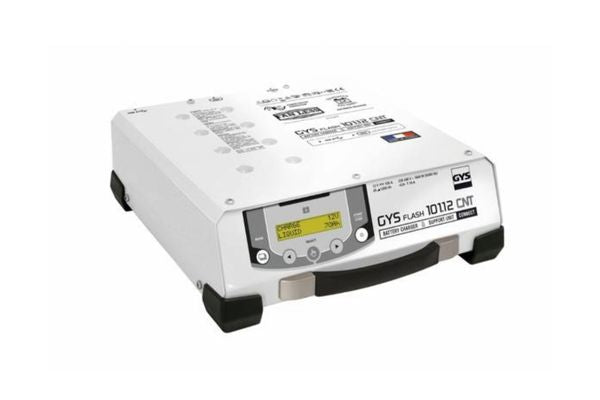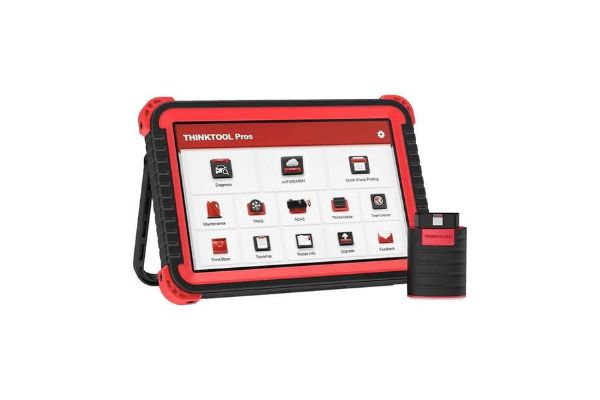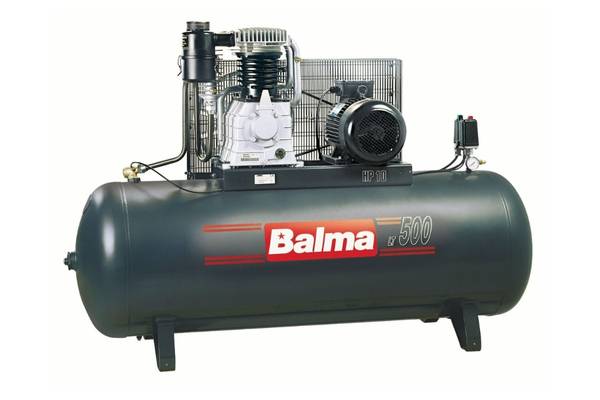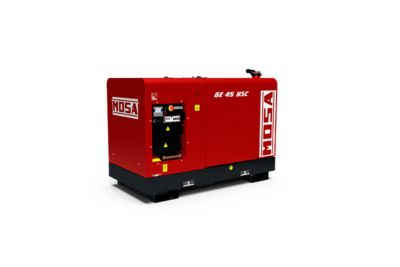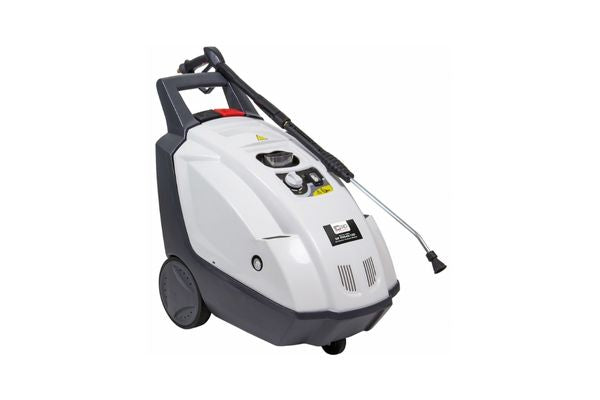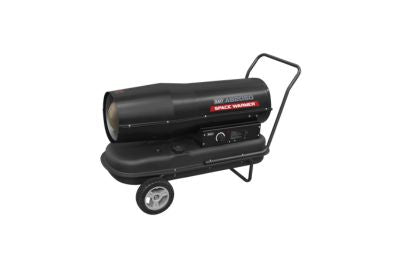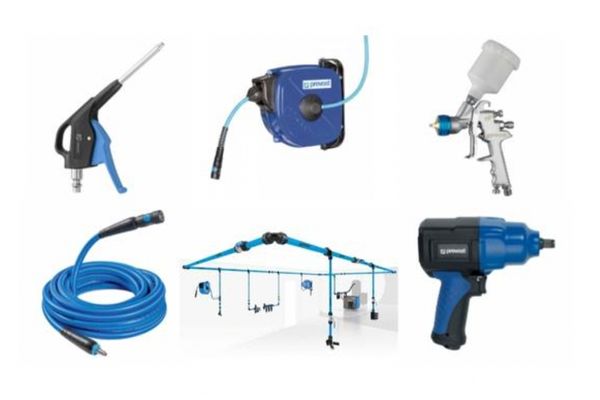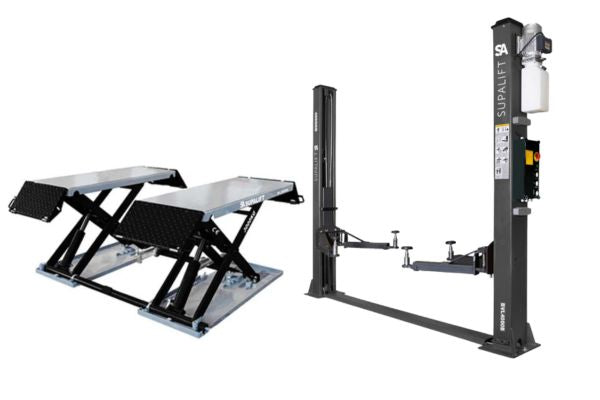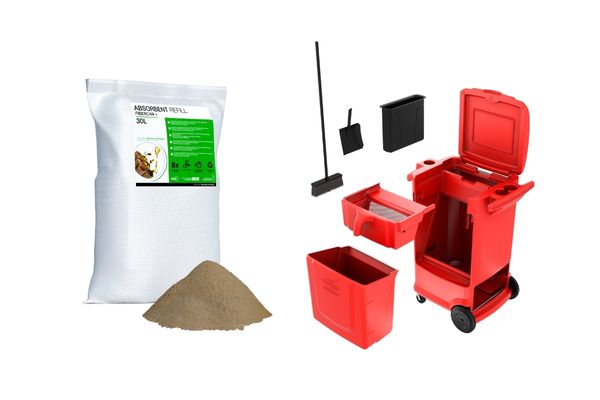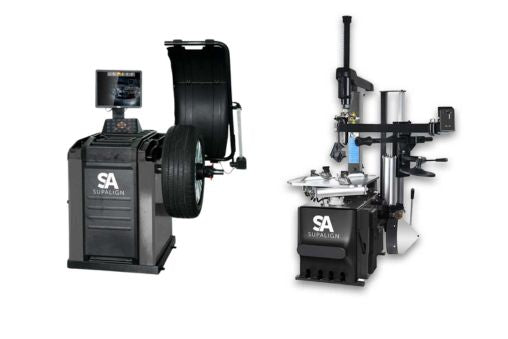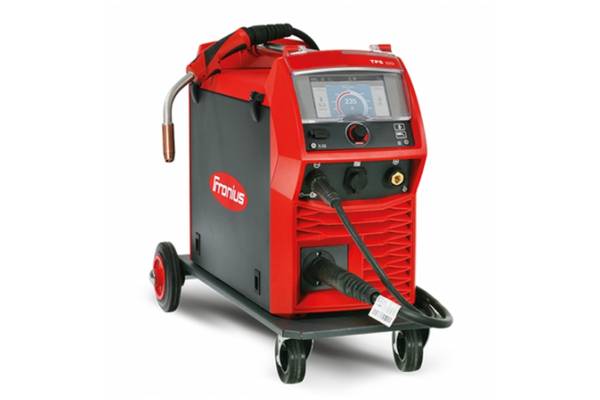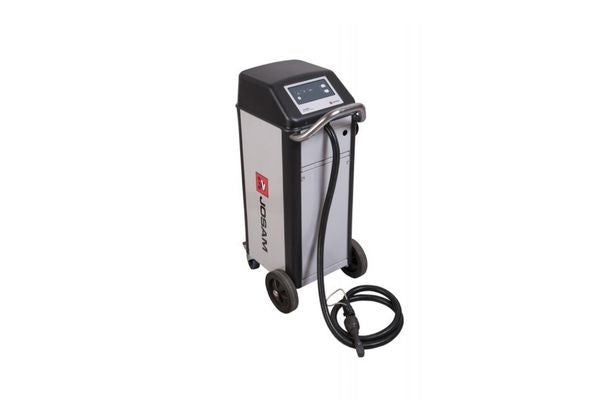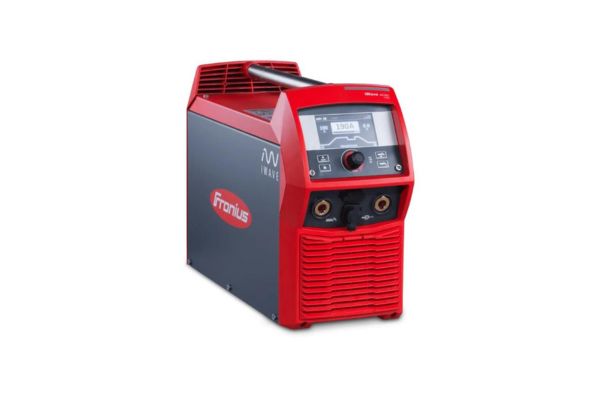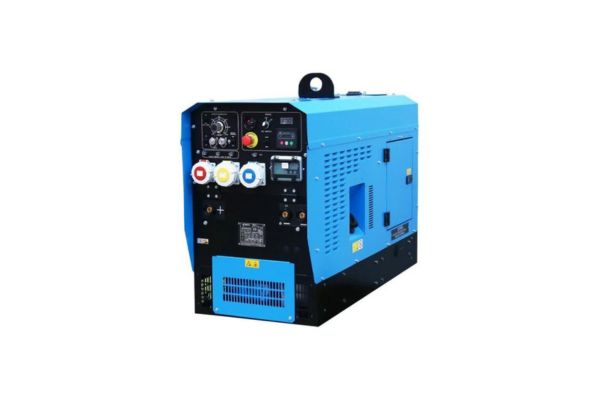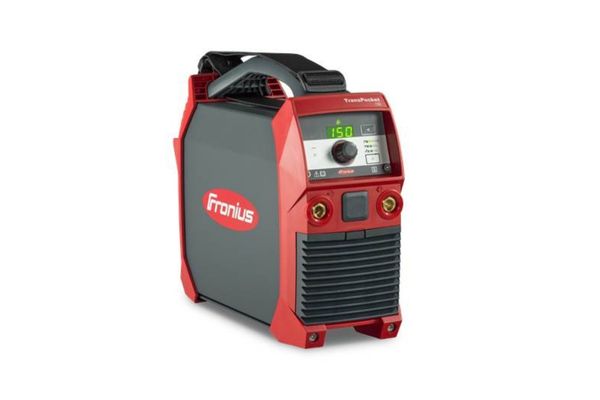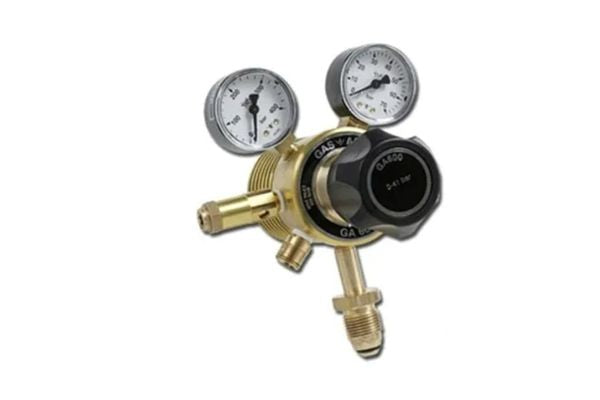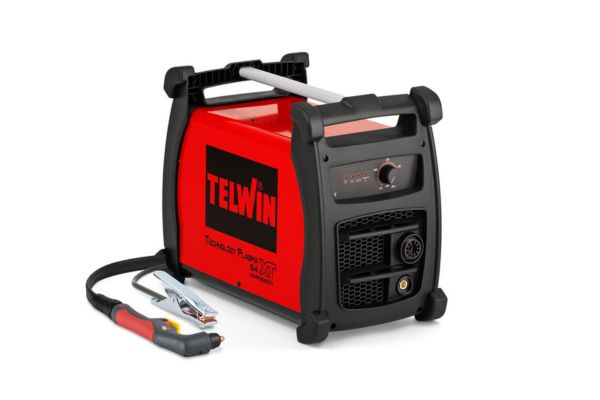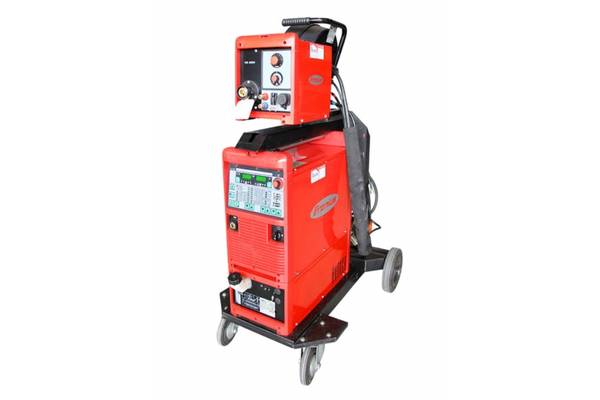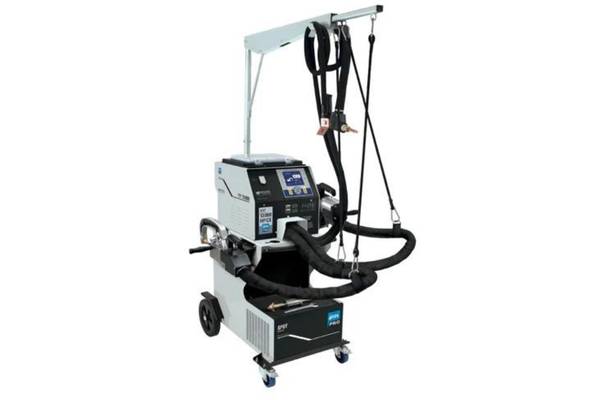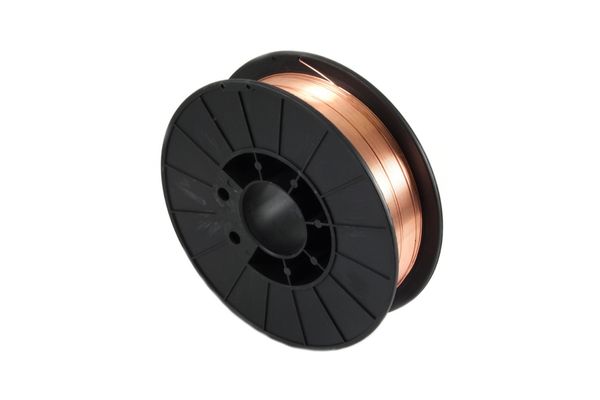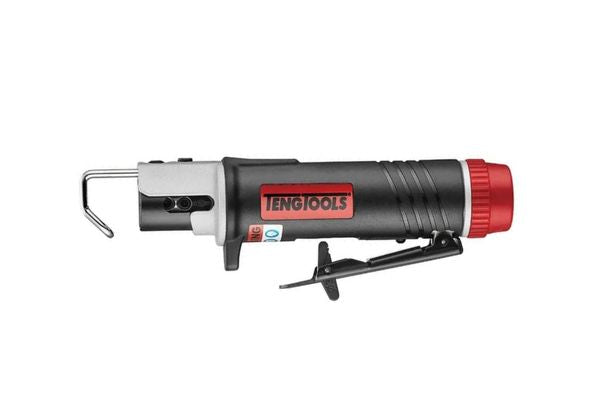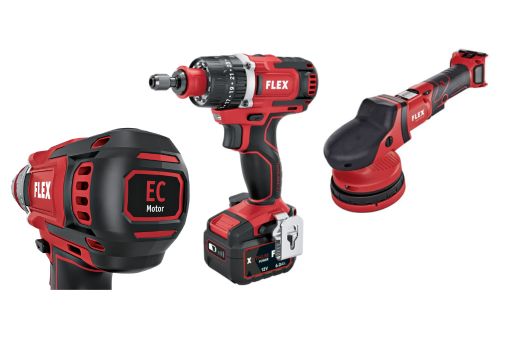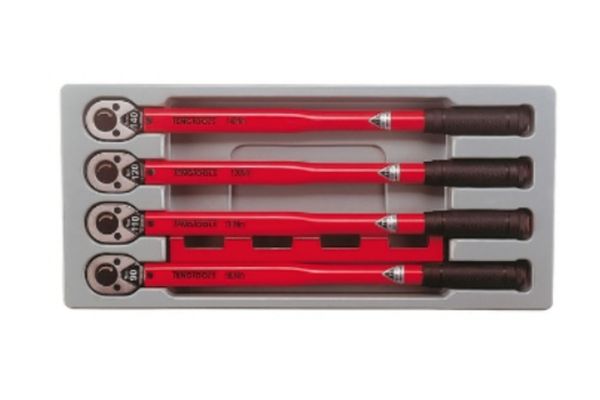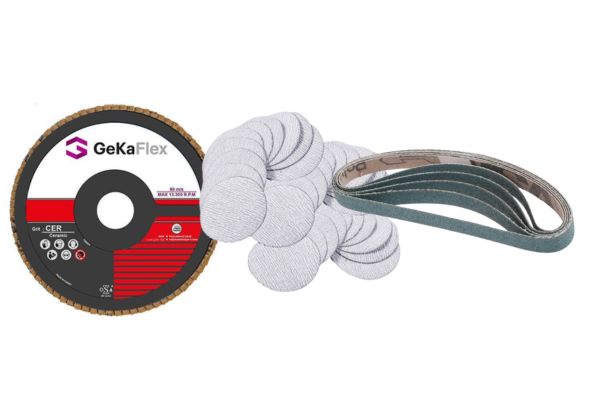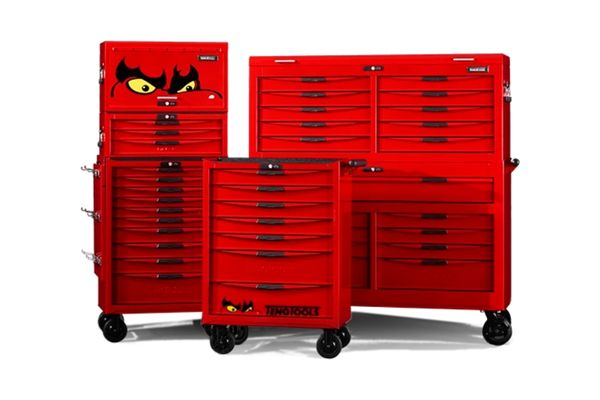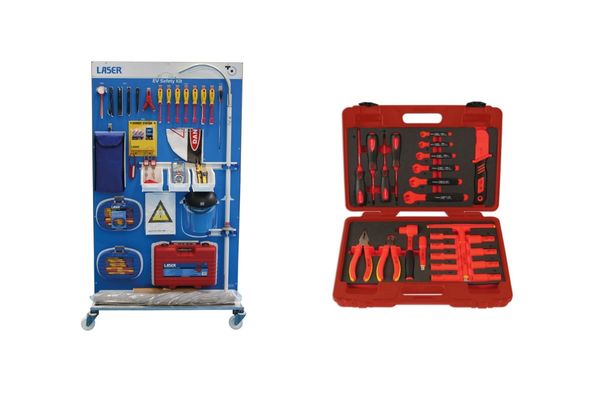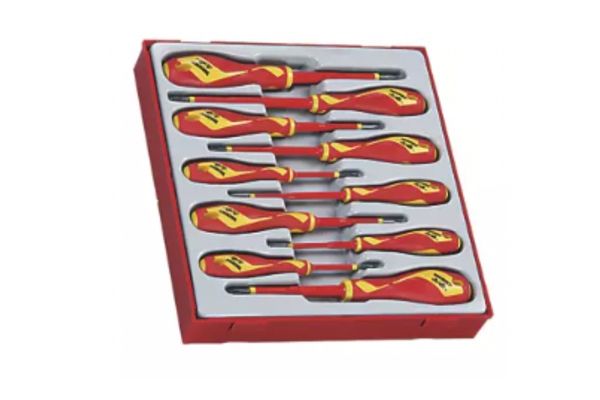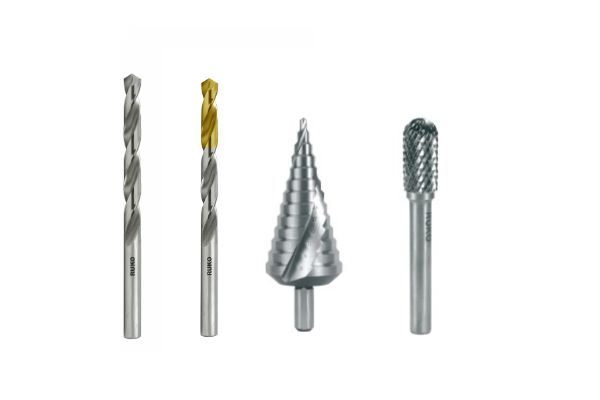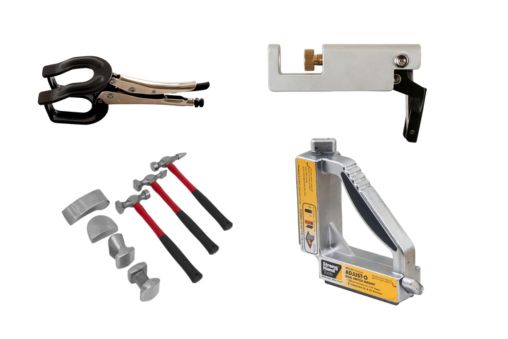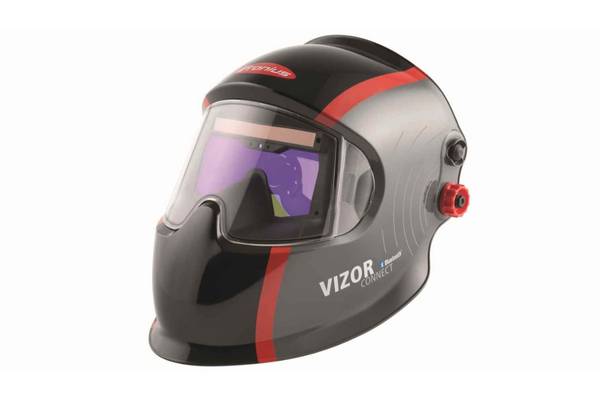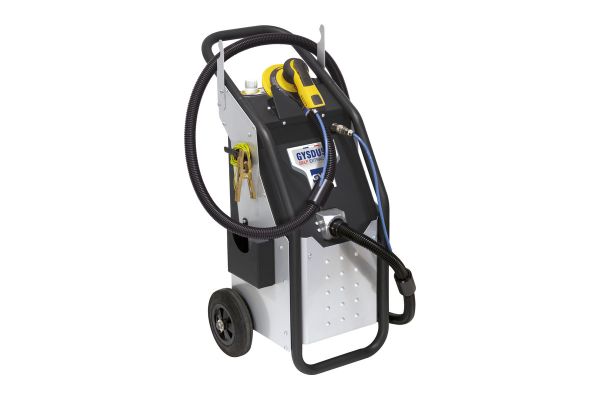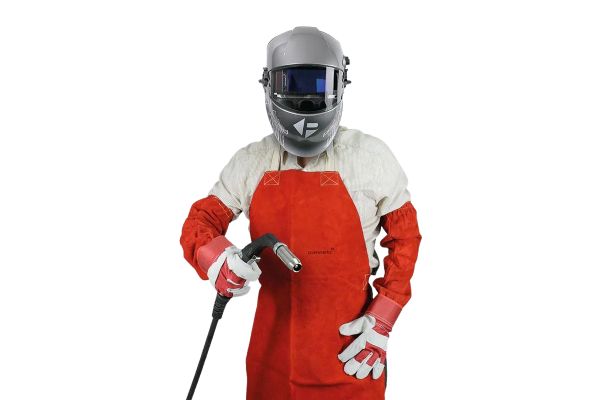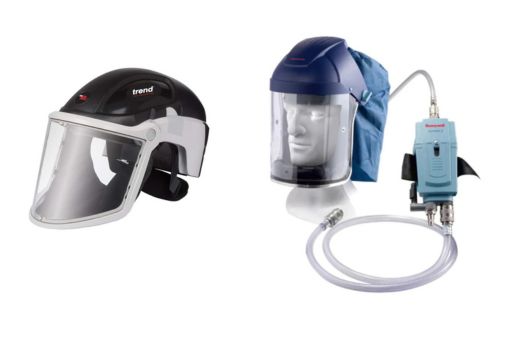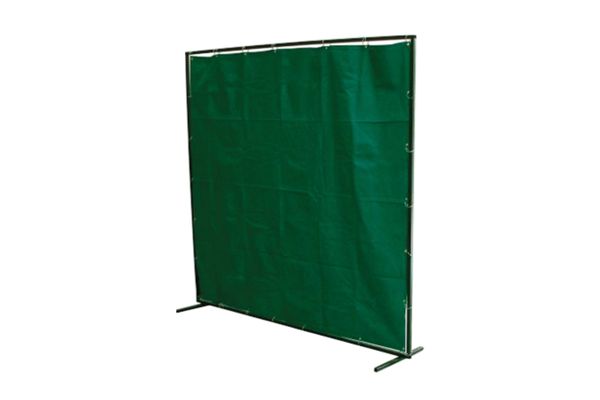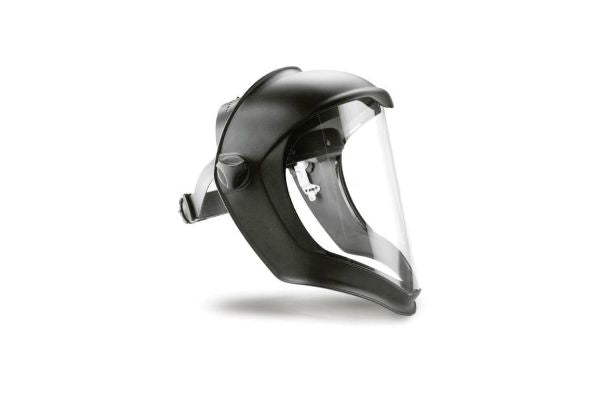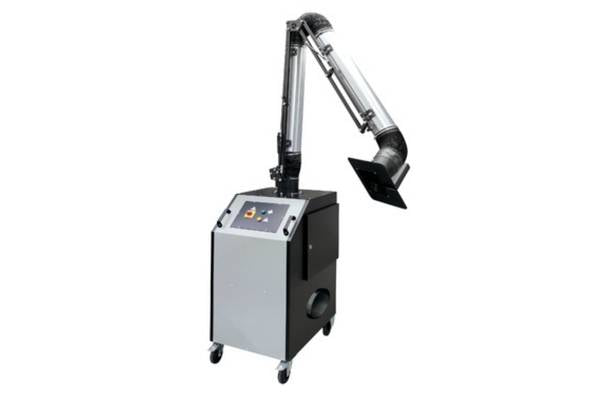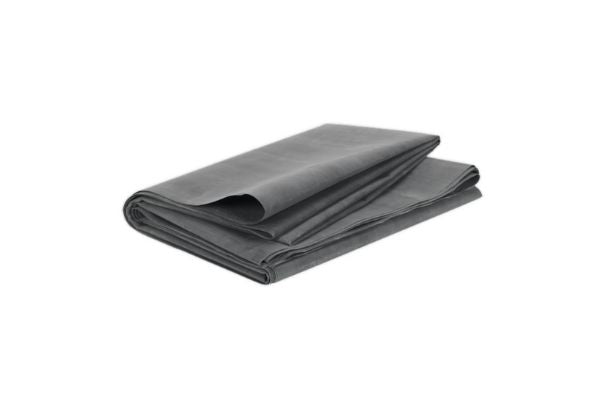NEW Glue Pulling Systems- In Stock!
NEW Glue Pulling Systems- In Stock!
BODYSHOP
WORKSHOP
WELDING
TOOLS
SAFETY
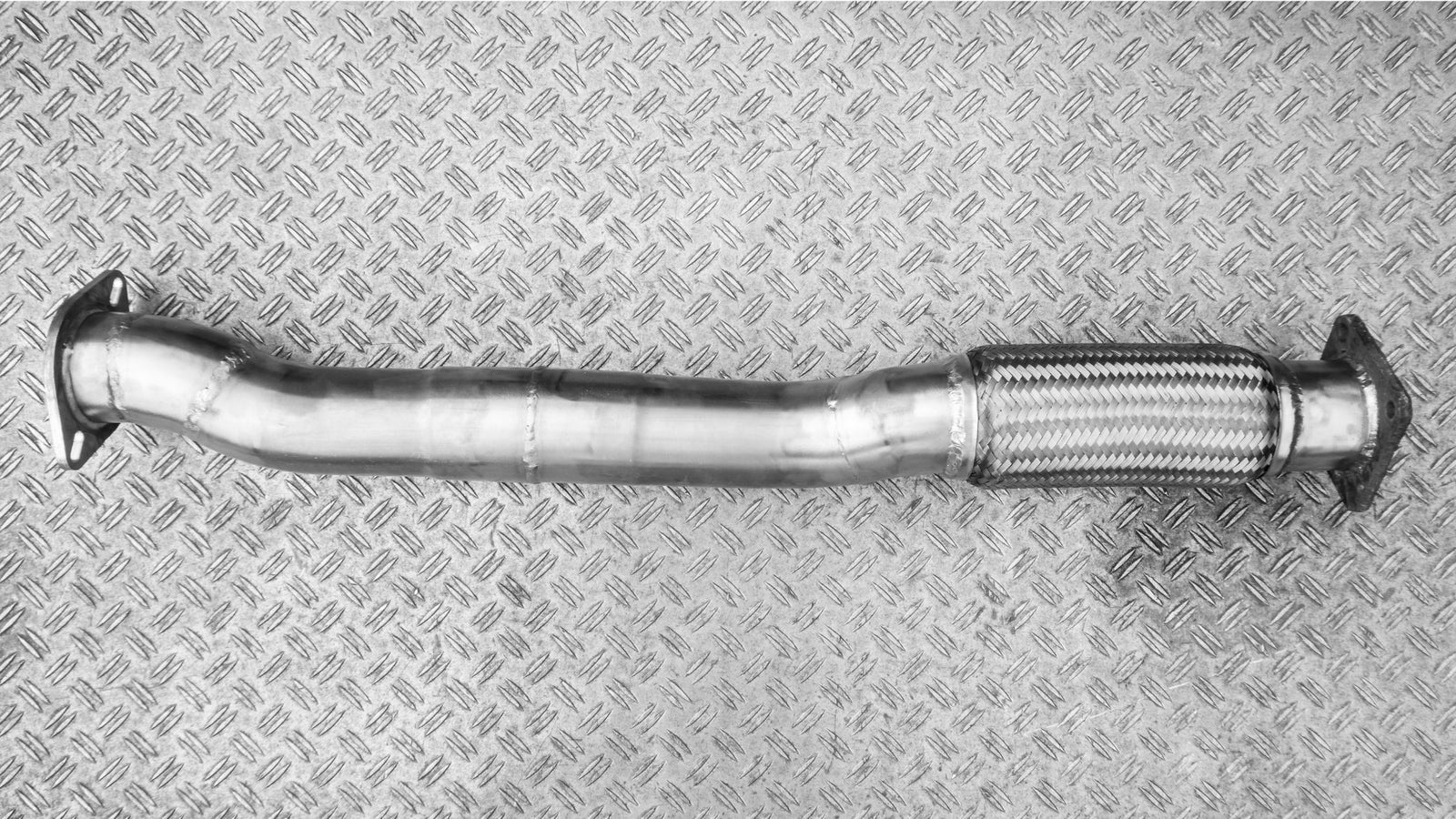
Welding Stainless Steel with a MIG Welder
July 14, 2023 8 min read
Whether you're a hobbyist or a professional, welding stainless steel may seem intimidating at first. However, with the correct knowledge, tools, and a little bit of practice, you can successfully carry out Metal Inert Gas (MIG) welding on stainless steel.
As we are an automotive specialist company we will address welding stainless steel form the perspective of vehicle repair and especially exhaust systems. Its not a material you will find in the automotive trade readily apart from exhaust systems and specialist piping but as more people modify their vehicles welding stainless is becoming more popular. Let's explore the subject in more detail.

Understanding Stainless Steel
Before you start welding, it's vital to understand the material you're working with - in this case, stainless steel. This robust material has high heat and corrosion resistance, making it an ideal candidate for kitchen fabrication, food preparation areas, chemical piping and of course vehicle exhaust systems.
Types of Stainless Steel
There are several types of stainless steel, each with distinct properties, making them suitable for different applications.
Austenitic Stainless Steel
Austenitic stainless steel is widely used due to its excellent weldability and corrosion resistance. Commonly used grades include 304, 409, 310, and 316.

304 Stainless Steel:
304 stainless steel is the most commonly used stainless steel grade due to its excellent corrosion resistance, good formability, and durability. It is suitable for a wide range of applications, including kitchen equipment, appliances, and architectural components. it can be used in high grade exhaust systems due to it not rusting and it will turn brown slightly when heated. 304 stainless steel can be costly making any exhaust made from it expensive. This though is offset by its longevity.
304 stainless steel is non magnetic so it can be easily identified although when bended, in the area of the bend it can show magnetic tendencies, so to test if a magnet stick always choose a straight part away from any bends.
409 Stainless Steel:
409 stainless has a much lower level of chromium (10.5% - 11.75%) and a lower nickel content (0.5%) than found in 304,. This makes it more prone to rusting. Lower grade stainless steel exhaust systems tend to be made from this.
409S stainless steel is non magnetic and it will surface rust over time, but will last longer than an equivalent steel exhaust.

316 Stainless Steel:
Composition: It is an austenitic stainless steel with a composition of around 16-18% chromium, 10-14% nickel, and 2-3% molybdenum. The addition of molybdenum enhances its corrosion resistance, especially against chlorides and acids.
316 stainless steel is highly corrosion-resistant and offers better resistance to pitting and crevice corrosion than 304 stainless steel. It is commonly used in marine environments, chemical processing plants, and medical applications.
310 Stainless Steel:
310 stainless steel exhibits excellent oxidation resistance in air at high temperatures. The alloy's high chromium (25-28%) and nickel (19-22%) content provide a protective oxide layer on the surface, preventing further oxidation and scaling at elevated temperatures.
It is commonly used in furnace components, kilns, heat treatment equipment, exhaust systems, chemical processing plants, and other high-temperature environments.
To weld stainless steel correctly you will need to match the welding wire to the material although you can have differences even in each grade. For instance you can weld 316 stainless with 316L or 316 LSI filler The 316LSI has an addition of silicon which creates a more fluid pool, creating a better appearance and reduced spatter.
Ferritic Stainless Steel
While more affordable than austenitic varieties, ferritic stainless steel is known for its toughness and is primarily used in indoor applications.
Martensitic Stainless Steel
Martensitic stainless steel can be heat-treated for increased hardness, making it ideal for wear-resistant applications like cutlery and surgical instruments.
Duplex Stainless Steel
Duplex stainless steel combines the features of austenitic and ferritic types and is used for specialised applications.
Precipitation Hardening Stainless Steel
This type of stainless steel is used for applications requiring a tempered and hardened edge, like medical tools and knives.
Challenges of MIG Welding Stainless Steel
MIG welding stainless steel presents a couple of challenges, primarily related to contamination and distortion. The wire can also prove difficult to feed as its quite rough on the surface and this means that over time it can cut into the torch liner creating wire feeding faults.
Contamination
Since stainless steel is a carefully balanced mix of alloys, the weld or base metal's contamination can be a severe problem. ensure your material is clean
Distortion
Stainless steel is more sensitive to heat input than mild steel, so too much heat can result in carbide precipitation, causing the material to lose its corrosion resistance. When MIG welding stainless steel its important to observe the weld pool and if it gets too hot stop.
Wire Feed Problems
Stainless steel is harder and a lot rougher than normal copper coated mild steel so wire feed problems can be more of an issue than steel.

Choosing The Right Gas For MIG Welding Stainless Steel
People often think they can use a 95%-5% mix the same as normal ferrous steel but this is incorrect. Too much carbon dioxide in the mix creates too much heat potentially burning out the chromium and so reducing the corrosion resistance. A typical active gas for welding stainless steel contains less than 5% Co2.
The 98% argon- 2% Co2 is the most popular ( and cheapest) but look out for special Tri-mixes from suppliers. These contain Helium, N2, O2 and Argon in different and varying mixes. Stainshield from BOC gasses is one type of Tri-mix that's a speciality gas for improved welding and weld appearance.
You also need to keep in mind the process you will be welding with, as a gas that's good for dip transfer (short circuit ) mode, may not be suitable for Spray Transfer or pulsed mode.
|
Process |
Gas |
|---|---|
|
Short Circuit |
90% Helium / 7.5% Argon / 2.5% Co2 |
|
Spray Transfer |
98% Argon / 2% Co2 |
|
Pulsed welding |
98% argon and 2% CO2 |

Setting up your MIG Torch, drive rollers and torch liner.
Contamination is a big thing with stainless welding. Using a MIG welder after it's been welding ferrous steel may mean you have cross contamination of ferrous particles onto the welding wire.
Blowing off the drive rollers prior to installing the new stainless wire can help reduce this. Some recommend dedicated drive rollers but I feel this could be deemed overkill. Just ensure your rollers are clean and free from debris by blowing off and using some acetone or alcohol.
To reduce contamination being dragged into the liner you could install felt pads.
These pads slip over the welding wire prior to going into the drive rollers and are very effective at cleaning the wire.
Torch Liners
Stainless steel welding wire is very rough on the surface, therefore the drive rollers can really get a grip of the wire and push it through the liner. This roughness and the hardness of the wire means it can also cut into the liner after prolonged use, creating wire feed faults further down the line.
Steel Torch liners cannot be used but due to cross contamination we would recommend carbon teflon or Fronius Titanium liners for better feeding and longer life. Replace liners very often.
Learn how to install a Teflon liner in your MIG torch as you will be doing it often! Also set your torch wire tension correctly to help with wire feeding!
Contact Tips
Contact tips due to being softer than the stainless wire are in for a hard time when welding stainless. You will need to change your contact tips very often to ensure smooth spatter free welding. There is no need to over-size your tip like you do with aluminium, just change often.

Techniques for MIG Welding Stainless Steel
Setting up your MIG Welder is much the same as when welding with mild steel you can see how to setup your MIG here!
Pre-Cleaning
This is essential to get it right! As cross contamination is a major problem and you want the cleanest weld possible without spatter, pre-cleaning is the way to go.
To pre-clean stainless steel, all that you need to do:
- Use an airline to blow away any dust and debris.
- Use a wire brush or wire wheel to remove any oxidation. Don't use a normal mild steel brush or wheel, but a stainless steel brush.
- Wipe the metal down with alcohol, acetone, or any other cleaner that won’t leave an oily residue
Joint Preparation
Joint preparation is much the same as mild steel as is the welding torch angle.
MIG welding stainless steel requires some specific steps to ensure the process is done correctly[. Properly setting up your MIG welding machine, choosing the right shielding gas, and using the correct welding wire are all part of this. Additionally, preparing the weld joint properly and maintaining the right welder and gas flow settings contribute to the success of the process.

TECHNIQUES FOR MIG WELDING STAINLESS STEEL
MIG welding stainless steel requires some specific steps to ensure the process is done correctly[. Properly setting up your MIG welding machine, choosing the right shielding gas, and using the correct welding wire are all part of this. Additionally, preparing the weld joint properly and maintaining the right welder and gas flow
Finally we are ready for welding.
- Select the desired welding voltage and wire speed you think will be correct for the job.
- Decide on the weld pool diameter.
- Place your MIG torch 10 to 15mm away from the workpiece at an angle of 75˚
- Direction of travel is to push weld towards your face.
- Upon arcing up, observe the weld pool - do not move yet.
- Count how long it takes the weld pool to reach the desired pool size.
- Once the size is reached this is your number.
- Move the torch forward a few mm and stop count the same number
- Repeat.
- Continuously observe the weld pool diameter adjusting your count number (smaller) and travel distance as the material heats up

Be aware that stainless steel weld pools are runnier than an equivalent mild steel weld pools due to the fact stainless steel melts easier and retains its heat in the weld area for longer.
Thinner materials the number will be smaller and the movements larger and for thicker materials the number may be larger with smaller movements.
Doing this stop start movement over and over produces more uniform welding and a cleaner weld appearance.
Consider Using Pulsed MIG Welding
If you have an inverter MIG welder with pulsed function then this will be infinitely better that welding with a traditional transformer welder, even in spray mode.
Pulsed MIG can deliver benefits, including less spatter and post-weld cleanup and a nice weld bead appearance. Pulsed MIG spray transfer mode can be a good option to help reduce heat input, which can be especially important on thin materials. It also provides the ability to weld out of position, which can’t be done with conventional CV MIG spray transfer because of the difficulty in controlling the fluid puddle.
Frequently Asked Questions
-
What are some common types of stainless steel used in welding? Austenitic and ferritic stainless steel are commonly used due to their good weldability and corrosion resistance.
-
Can you use 100% argon gas for MIG welding stainless steel? Yes, you can, but it's not recommended due to the potential impacts on the final weld quality and overall welding performance.
-
What is the best shielding gas for MIG welding stainless steel? A mix of 75% argon and 25% CO2 is effective for MIG welding stainless steel, maintaining the key aspects of a good weld.
-
What are the challenges of MIG welding stainless steel? The primary challenges include potential contamination of the weld or base metal and heat-induced distortion of the stainless steel.
-
What are the properties of stainless steel that make it good for welding? Stainless steel has high heat and corrosion resistance, high tensile strength, good durability, and formability, making it a suitable material for various welding projects.

|
Paul Jones Director BWS Ltd, CSWIP Ive been a welding engineer for over 30 years and a welding inspector for 23 years with vast experience of welding and related topics. |
Leave a comment
Comments will be approved before showing up.


